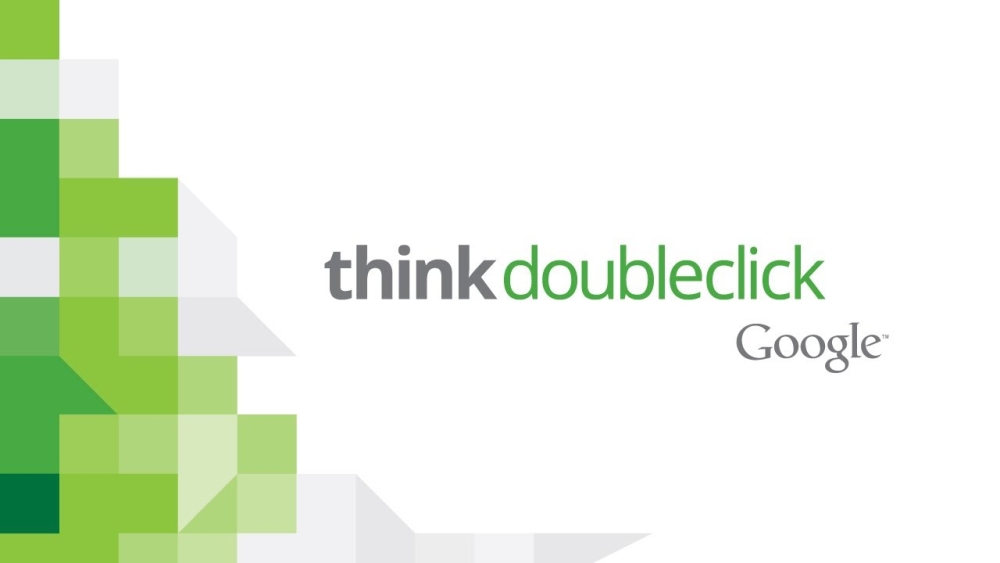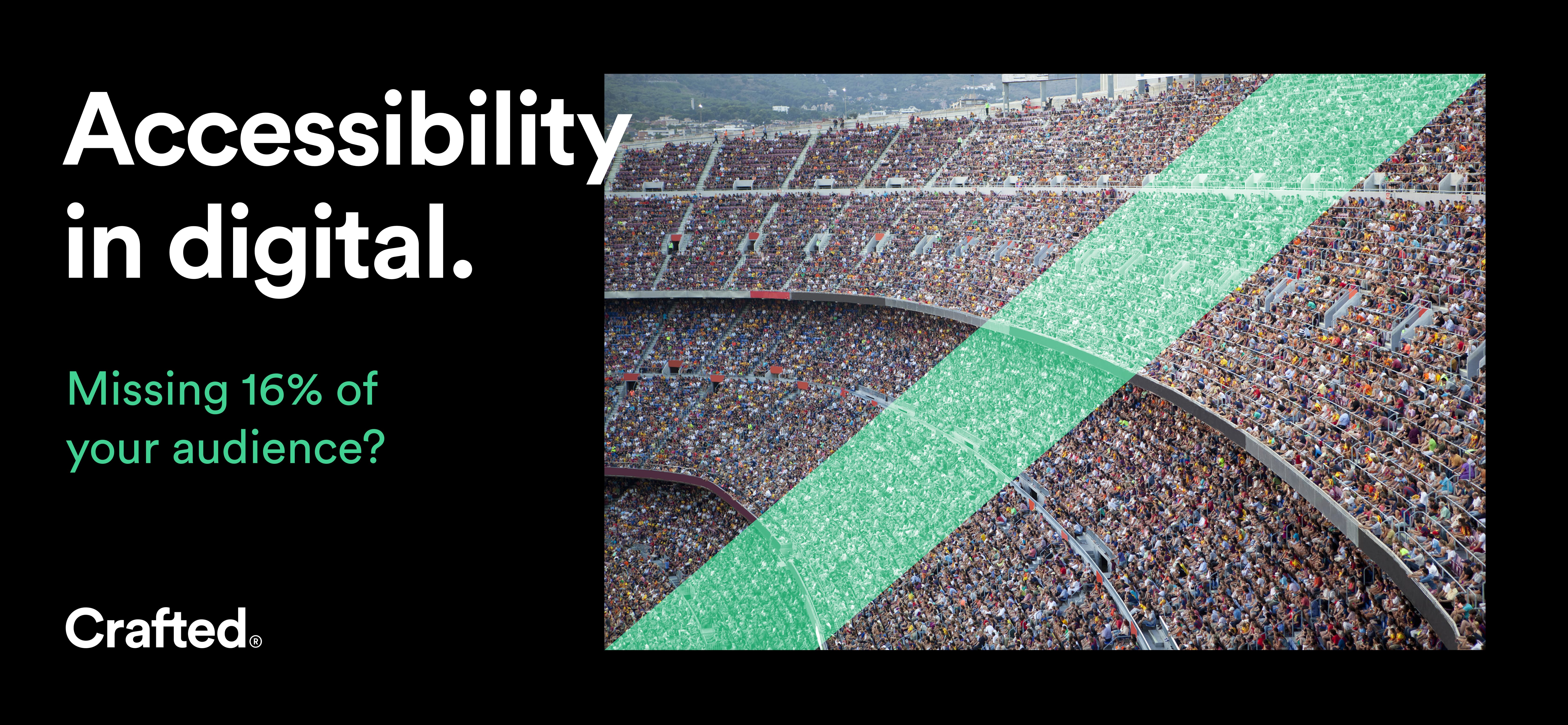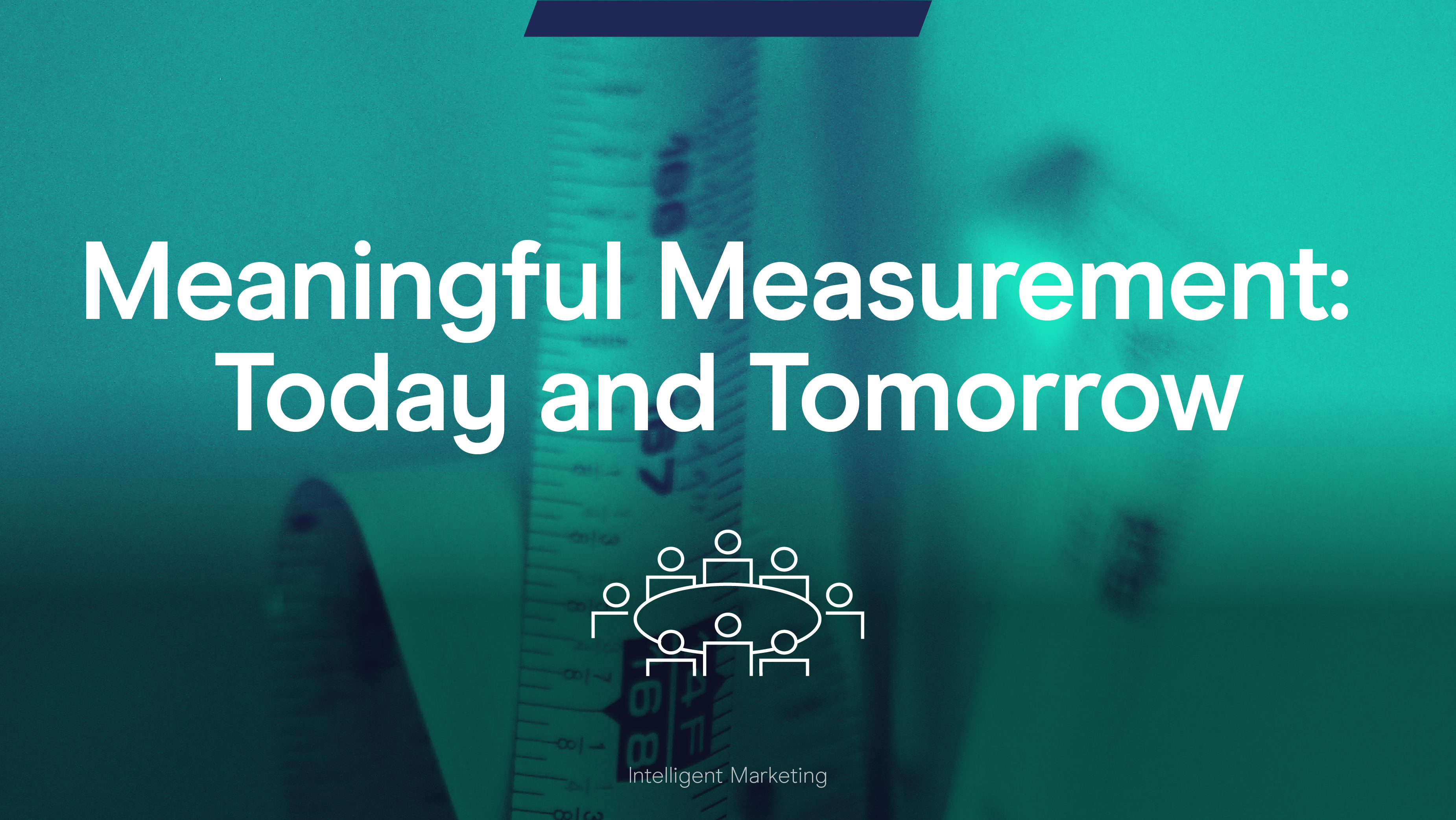Brand Safety in DoubleClick Bid Manager
13 Jan 2015

We all know one of the fantastic benefits of real-time bidding with DoubleClick is the control you can have over the sites your ads can appear on whilst gaining incredible reach across the internet. Brand Safety has always been at the heart of this, with a clear tiered structure of 1, 2, 3 and ‘no safety’ levels to work with, allowing you to control the type of content your ads appear against. This has recently changed to a slightly more complex naming structure which follows a similar pattern in terms of order of safety whilst allowing more options, which we love! The content labels start at Dl-G being the highest level of safety through to DL-MA which is only suitable for mature audiences.
What brand safety level should you be using?
Well, this depends on many factors, namely your brand requirements and campaign goals. For example, if your brand has a family image and requires only the highest quality content we would recommend brand safety level DL-G. DL-G only allows your ads to serve on content suitable for general audiences of all ages, and will exclude anything not rated. This could limit the reach of your campaign though, so I would always carefully consider if any broader levels could be an option for some areas of your account. For example in remarketing we would always target all brand safety levels except not yet labelled, so in the case of the new structure DL-G through to DL-MA. This is because we are following the user rather than the sites they are specifically visiting. In many cases we wouldn’t mind if the content is suitable for mature audiences, because the user we are following has chosen to visit our site first, so we are keen to serve them an ad almost anywhere they visit in the subsequent time frame. Remember that DoubleClick blocks any domains that are deemed unsafe or fraudulent to advertisers to help with advertisers' brand safety.
It’s also worth bearing in mind that all good campaign structures should be blocking unsafe content with a good keyword block list for unsavoury topics, as well as utilising the category exclusions possible such as profanity and violence. This will add an additional layer of brand safety to your campaigns which is good.
In summary it’s important to review your brand safety options at the launch of a campaign, and periodically thereafter to ensure you are using the most appropriate level for your goals. Have a question? Give us a call or leave a comment below.
To view the article as displayed on Periscopix's website, please click here




Please login to comment.
Comments